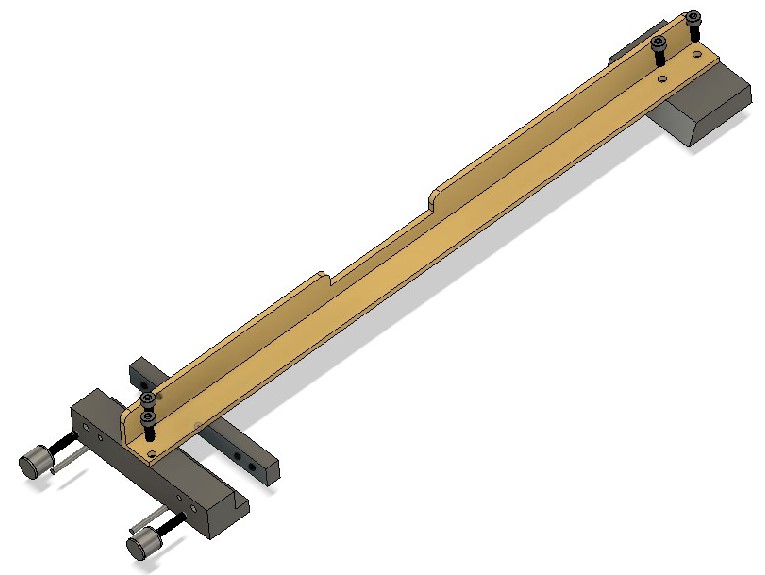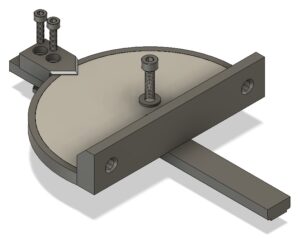As a regular reader of my blog you may recollect my frustrations last year trying to get reconnected to the internet in our house in France. This followed failures by Orange and Free to deliver on promises.
We called in at a SFR boutique on Wednesday afternoon and somewhat apprehensively signed up with them on a new contract.
On Friday evening we were told our line had been activated and that our router would be ready for collection on Saturday morning. By midday on Saturday we were back on line. Our previous router delivered around 9MB/s download and the new router is peaking around 15MB/s across the same infrastructure. Full connectivity is now restored to all our devices in France and back into the UK.
To say we are pleased is an understatement.
Similar or related subjects : –
- Error Code A9 on Odealis Gas Boiler
- Ubiquitous Dishwasher Tablets and their uses
- One Hundred Subscribers
- Some French Connections and Contemplations
- France visit and more jobs stacking up
- Internet in France finally solved using SFR
- Absence Update – French Leave
- French Connections, House Numbering, Shed Building, Left and Right Hand Threads
- A Bit off Piste – An eventful flight to Toulouse
- January in France



 This is a further addition to the BK3 in the form of an angular setting fence. This uses an inset protractor scale liberated from one of the readily available workshop protractors as shown below. These are roughly 92mm diameter.
This is a further addition to the BK3 in the form of an angular setting fence. This uses an inset protractor scale liberated from one of the readily available workshop protractors as shown below. These are roughly 92mm diameter.
 The body is made from three separately printed 3D parts, the sliding bar, the protractor holder and the pointer block.
The sliding bar has been tweaked in dimensions to snuggly fit the slot in the BK3 table. It has printed nut retaining cavities on the lower surface. For this reason it should be printed upside down. Likewise the pointer block has two locating ribs on the lower surface and debatably should also be printed upside down. This does distort the pointer a little and so might need a clean up post printing. Customise all the retaining screw lengths to ensure they do not protrude below the lower surface of the bar. The rotational locking screw could be made a bit more elegant by making a knurled knob item.
The body is made from three separately printed 3D parts, the sliding bar, the protractor holder and the pointer block.
The sliding bar has been tweaked in dimensions to snuggly fit the slot in the BK3 table. It has printed nut retaining cavities on the lower surface. For this reason it should be printed upside down. Likewise the pointer block has two locating ribs on the lower surface and debatably should also be printed upside down. This does distort the pointer a little and so might need a clean up post printing. Customise all the retaining screw lengths to ensure they do not protrude below the lower surface of the bar. The rotational locking screw could be made a bit more elegant by making a knurled knob item.
